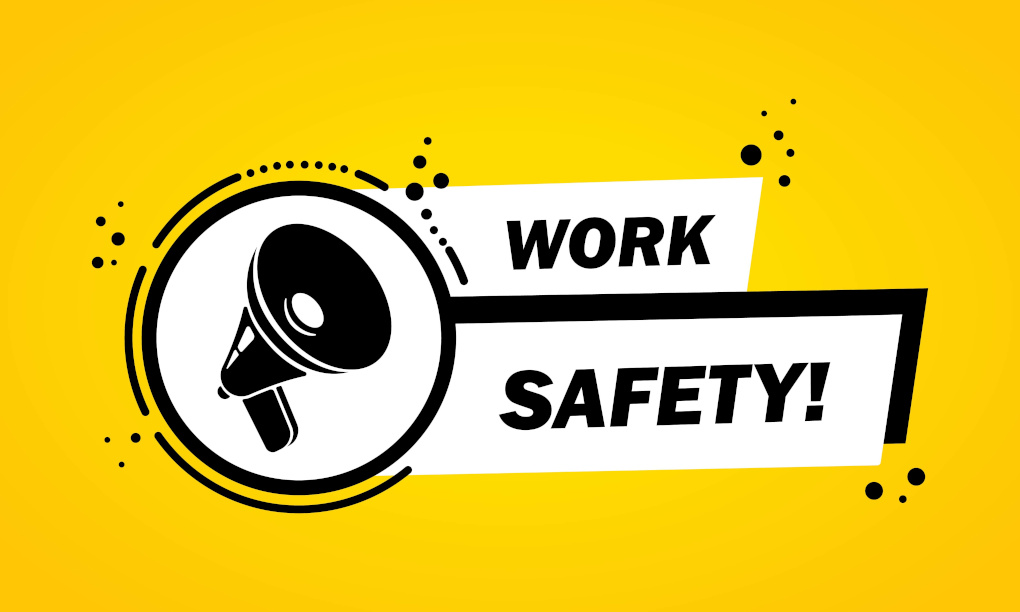I’m sure most of you understand that the trades entail rugged working conditions with more hazards than you’ll find at a desk job. The good news is that deaths and injuries are steadily diminishing. A big reason is that insurance companies lead the way in compelling jobsite safety. It is in their interest to pay out as little as possible in claims, and so they require the employers they insure to conduct safety training and provide safe working conditions. Employers with poor safety records pay higher insurance premiums and the worst among them may find it difficult to find an insurer willing to take them on at any price.
Federal and state governments also compel safe work practices via their Occupational Safety and Health Agencies, better known as OSHA. OSHA conducts periodic workplace inspections, frequently unannounced. In 2019, the most recent reporting year, the federal OSHA issued 33,393 citations for unsafe work practices. State OSHA inspections cited another 42,063 violations. Although those sound like a lot, the total numbers tend to decline year after year. One reason is because trade employers have learned that, even without government inspections, it is in their interest to provide safe working conditions to attract and keep top talent.
Each year OSHA publishes a list of the top 10 safety violations it finds on jobs. This top 10 list accounts for almost half of all violations cited by OSHA. The most recent list, starting with the most violations, is as follows:
- Fall protection violations. Any time a worker operates at a height of six feet or more, some sort of fall protection, such as harnesses or barriers, must be provided. Violations in 2019 were down 25% from those cited four years earlier.
- Hazard communication. Chemical manufacturers and importers are required to evaluate the hazards of their chemicals, and prepare labels and safety data sheets to convey the hazard information to their downstream customers. These violations declined by 40% between 2015 and 2019.
- These violations dropped 20% in 2019 compared with 2015. Scaffold accidents most often result from planking or support giving way, or from an employee slipping or being struck by a falling object.
- Lockout/Tagout. “Lockout-Tag out” refers to specific practices and procedures to safeguard employees from the unexpected startup of machinery and equipment, or the release of hazardous energy during service or maintenance activities.
- Ladders. Occupational fatalities caused by falls are one of the leading causes of traumatic occupational death, accounting for eight percent of all occupational fatalities from trauma. Ladder safety is mostly a matter of common sense, i.e., avoid the top step and be sure a ladder is securely braced.
- Powered industrial trucks. Many employees are injured when forklifts are inadvertently driven off loading docks, they are struck by a lift truck, or when they fall while on elevated pallets and tines.
- Fall protection training. This is self-explanatory. Employers are instructed to train employees in safe work practices to avoid falling.
- Machinery and machine guarding. Any machine that may cause injury must be safeguarded. When the operation of a machine or accidental contact injures the operator or others in the vicinity, the hazards must be eliminated or controlled.
- Eye and Face Protection. Where hazards exist, employers are required to issue safety goggles or shields.
- Electrical violations. Engineers, electricians, and other professionals work with electricity directly, including working on overhead lines, cable harnesses, and circuit assemblies. They must be provided with safety gear and training.
You’ll find that the vast majority of trade employers are conscientious about protecting their workers from injury and death. Besides being humane, it is costly for them to ignore jobsite safety.

